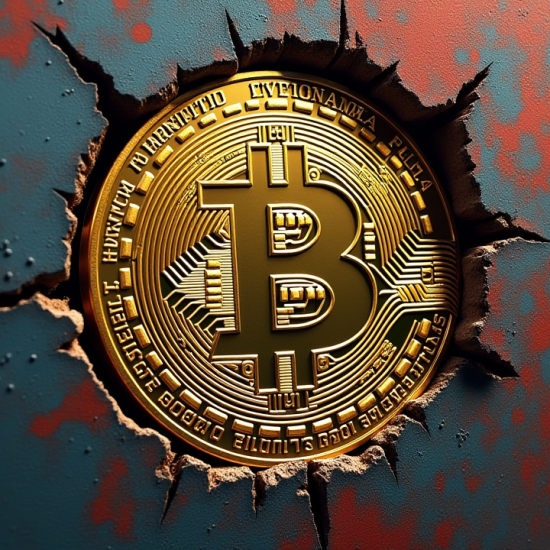Bank of Japan’s Deputy Governor Ryozo Himino said the country must begin seriously adapting to the rise of stablecoins, which he believes could one day partially replace bank deposits in the global financial system.
Speaking to Reuters, Himino stressed that stablecoins have the potential to become a key component of modern payment infrastructure.
Proponents argue that stablecoins offer speed, cost-efficiency, and round-the-clock operability, which are compelling advantages that could shift public preference away from traditional platforms over time.
Many of the settlement mechanisms underpinning the global financial system, such as SWIFT and ACH, are not designed for the pace and accessibility that today’s markets demand.
In contrast, stablecoins are emerging as a more agile solution capable of meeting those expectations.
During his appearance at the 2025 GZERO Summit Japan held earlier this year, Himino acknowledged that regulators are doing a lot to respond to these changes, but said much more remains to be done to modernize international prudential standards.
“We need to continue to modernise international prudential standards to keep up with the new and emerging realities,” Himino said at the time.
Part of his concern also stemmed from the growing dominance of non-bank financial institutions.
Himino highlighted that nearly half of the world’s financial assets are now held outside the traditional banking sector, entities that typically fall outside the scope of frameworks like Basel 3.
“Today, there may be more need to tailor our approach to the demands of the task and the circumstances, and to be agile in seizing the opportunities that arise,” he said.
His latest remarks build on earlier calls for crypto reform during his time as Japan’s top banking regulator.
Himino has long argued that regulation should not be a static barrier, but rather a dynamic framework that evolves with market developments.
Japan eyes yen-pegged stablecoin
Himino’s comments come at a time when Japan is gradually warming up to the idea of integrating stablecoins into the broader financial ecosystem.
The Japanese Financial Services Agency (FSA) has already taken steps to ease certain rules around stablecoin issuance and crypto brokerage, a move that was largely seen as a green light for innovation, setting the stage for both traditional financial institutions and fintech startups to explore compliant stablecoin initiatives.
Stablecoin initiatives are already underway in the country, and three of Japan’s largest banking groups, MUFG, SMBC, and Mizuho-are spearheading the effort.
Earlier this month, the trio announced a joint venture to issue stablecoins pegged to both the yen and the US dollar to streamline corporate settlement flows, cut down cross-border payment costs, and create a unified infrastructure for digital transactions.
The venture will be built atop MUFG’s Progmat platform, a blockchain-based system that handles issuance and compliance.
At the same time, SMBC is pursuing a separate trial with Avalanche and Fireblocks to launch a crypto-backed stablecoin by early 2026.
Even smaller players have entered the arena. Fintech firm JPYC recently gained approval to issue the country’s first yen-denominated stablecoin, while Monex Group has floated plans to back its own stablecoin with Japanese government bonds.
The post Bank of Japan deputy says stablecoins could rival traditional banks appeared first on Invezz





